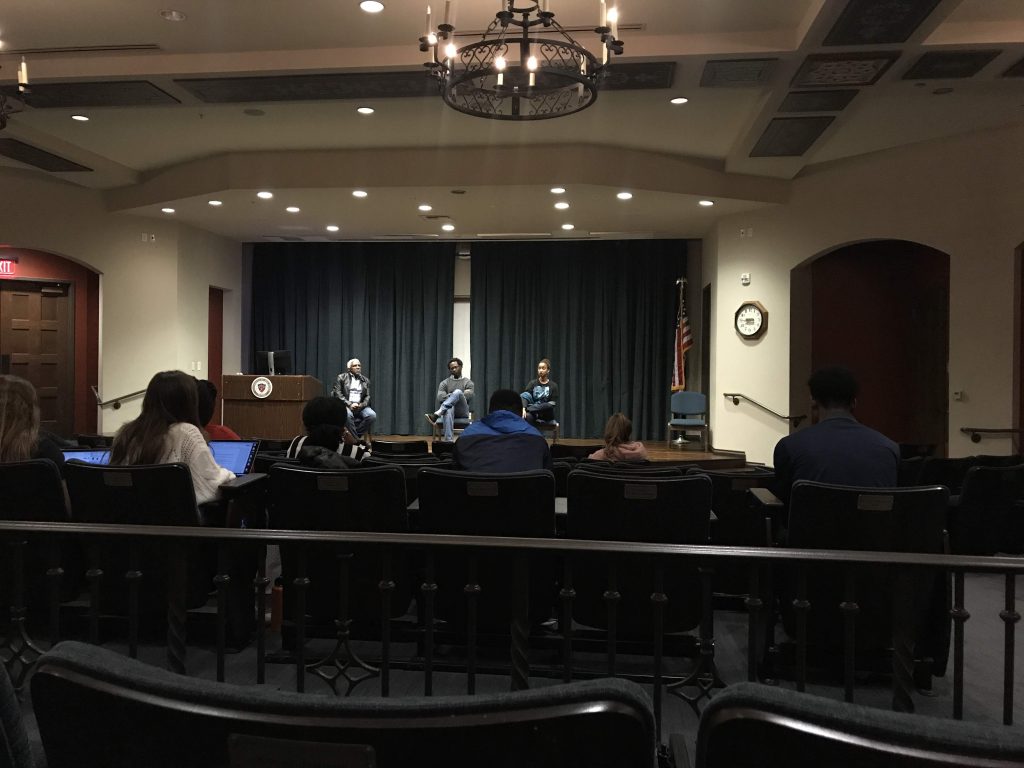Before prom most teens stress about what they are going to wear, who they are going with, and what they are doing after. This is not the case for the high school students in the documentary, “Prom Night in Mississippi.” The students of Charleston High School have to navigate the racial tensions that surround prom every year in their town. I was shocked to learn that the school’s first integrated prom was held in 2008 and did not realize that segregation was still a prevalent issue in some places in the United States. In my high school classes we would focus on the court cases and laws during the period classified as the civil rights movement. However, the themes of racism and civil rights never left that designated chapter and we were not asked to think about the racial tensions and systemic issues that exist today. The documentary forced me to step back and reevaluate the context of racism and segregation. It is not something that is confined to a certain period of time in my textbook, but is a contemporary issue. The hatred that surrounds racism is upheld by narratives that are enforced by parents and older generations in towns like Charleston.
“Prom Night in Mississippi” highlights the old and new narratives that exist in Charleston. It is a society in which whites and blacks grow up hating each other. A parent in Charleston commented, “Blacks have always taught black to hate whites. And the whites have always taught their kids to hate blacks. My daddy did it. My granddaddy did it.” This systemic hatred fuels the racism in the town and allows it to persist for generations. In Charleston racism is like a tradition that is passed down. This reminds me of our class discussion on the master narratives that are used to supplement racism. To the parents, having a white prom is normal and how things should be. However, the students continue to criticize the dominant narrative where “white always wins.” They see it as the foundation for an environment in which blacks are subordinate to whites. The segregated prom is only one example of the racial tensions in the town. Jessica, one of the white students, said “I can’t get jobs in some places in town because the the racism is so bad here, because I have black friends. And I get judged by it every day.” In the high school, quarrels between students are overblown when they involve a black and white student. It is also impossible for a black student to be the valedictorian of the high school. I cannot get over the fact that this is normal for the people in Charleston.
Another part of the documentary was the commentary on interracial relationships. An anonymous student stated, “There’s people around here that will disown their kids if they try to mix things up like that. A lot of parents, not just one or two.” The teens in interracial relationships struggle more with the judgement of their parents than of their peers. A lot of the parents in Charleston see interracial relationships as morally wrong and are against how it looks. In an interview about his daughter’s interracial relationship a father said, “She’s never been on a date with him. That’s my choice. It’s not hers, because I have a little control still. I’m still the parent.” The racist parents in Charleston still see blacks as inferior and think that they are protecting their children. The background of slavery in the town still persists today. The dominating views of black inferiority and segregation that we have learned about are still strong beliefs in some of the adults in Charleston. A part of me feels sorry for the parents because they hold onto their beliefs so firmly that they cannot accept any other worldviews. The parents say they are not racist or bigots, but they are so rooted in the past that they cannot see how they are wrong.
The panel of USD professors after the viewing of the documentary confirmed the themes and narratives that were present in the documentary. The problems the students faced in their high school were also experienced by the professors when they were growing up. The racism and segregation that are present in Charleston are not exclusive to that town, but almost all of Mississippi, and all of the South. In the context of African American History we have to remember that what we are reading about is not just confined to certain time frames but it still persists in the world today. The teens in the documentary are not just fighting past narratives, but making history with their integrated prom. How can we become more aware of the narratives that dominate society today?
“God put us on Earth not to be racist.”



